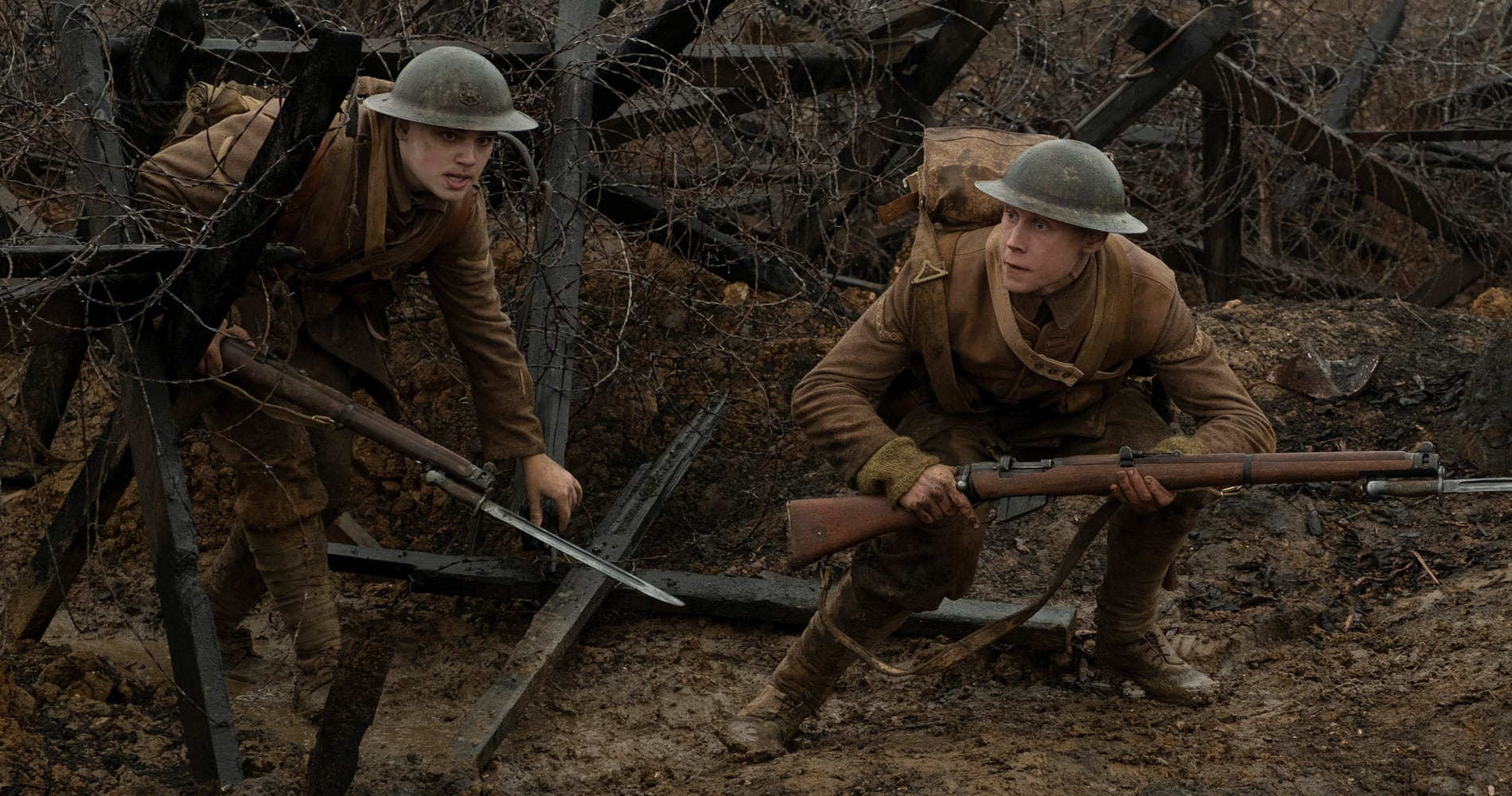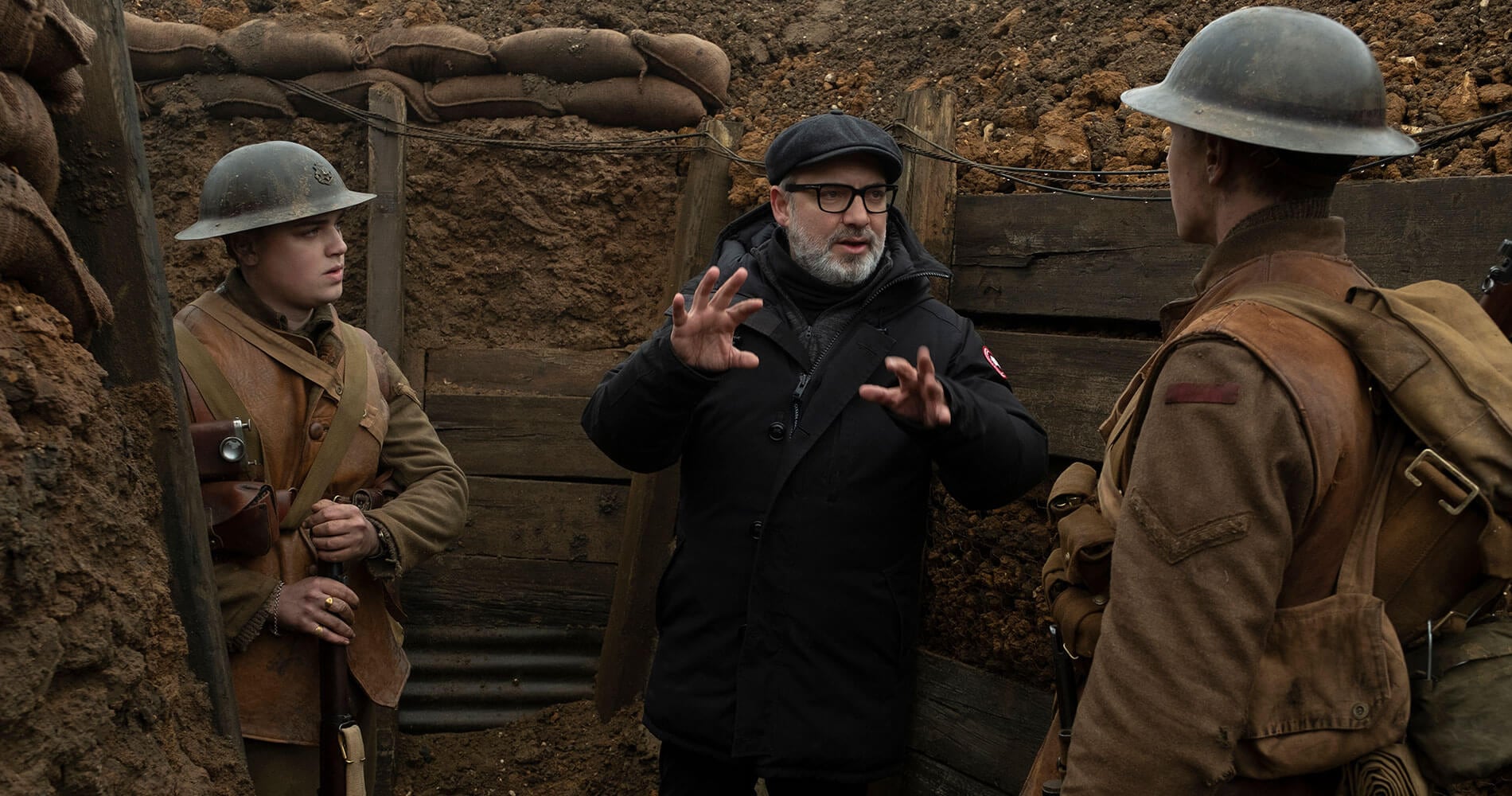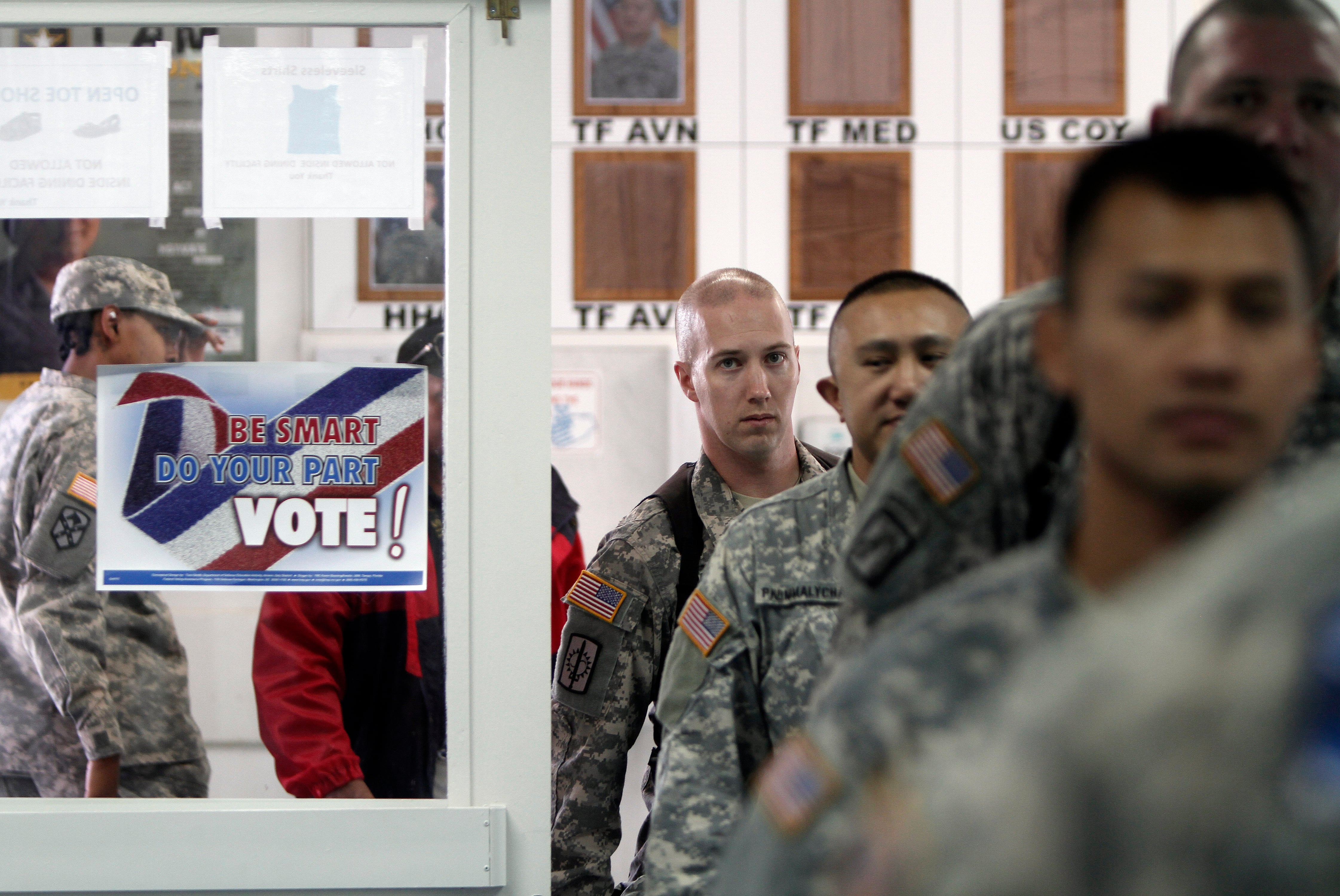In Sam Mendes’ World War I epic “1917,” violence doesn’t always come with a warning. The film’s structure — appearing to unfold in a single continuous take — immerses viewers in a real-time mission that hinges on urgency, isolation and chance.
But nowhere is that quiet intensity more brutally interrupted than during the bridge scene, a masterclass in tension, stillness and sudden chaos. What begins as a moment of eerie calm quickly erupts into a deadly confrontation, encapsulating the psychological rhythm of war: hours of waiting punctuated by seconds of terror.
In the scene, Lance Corporal William Schofield, one of two British soldiers tasked with delivering a message to halt a doomed offensive, comes upon the remnants of a canal bridge. The setting is ghostly. The sky hangs gray above charred buildings and a structure so damaged it barely clings to functionality.
There’s no gunfire, no shouting — only the ambient dread of open space in contested territory. For a brief moment, the war seems to have paused, and Schofield is simply a man trying to cross from one side of destruction to another.
The audience, lulled by the stillness, knows better.
Mendes and cinematographer Roger Deakins use the long take to draw the viewer in, walking them with Schofield across every step of the splintered planks. The moment he’s fired upon, it’s not just a character in danger — it’s the audience, too. There’s no cut to safety, no shift in perspective. The camera is trapped in the chaos with him, and what was once silence explodes into violence.
Director Sam Mendes emphasized that this immersive approach was by design.
“I wanted to travel every step with these men — to breathe every breath with them,” Mendes told Vanity Fair. “It needed to be visceral and immersive.”

The sniper duel that follows isn’t stylized or elegant. It’s sloppy, disorienting, real. Schofield takes cover, fires wildly and ultimately outmaneuvers the hidden enemy — but not before taking a near-fatal hit to the head.
He blacks out. The screen fades. The illusion of the continuous take is broken, if only briefly, symbolizing a fracture in the film’s rhythm and Schofield’s psyche. He wakes later, disoriented, alone and reborn in a more dangerous phase of his mission.
The bridge scene’s refusal to telegraph its intent makes it so impactful. In most war films, action is preceded by swelling music, a flurry of edits or dialogue that foreshadows the threat.
Not here. The gunshot doesn’t just pierce the air — it severs the film’s momentary peace. And that’s the point. War doesn’t wait for a dramatic build-up. The most lethal moments often follow the quietest.
Deakins, a veteran cinematographer and frequent collaborator with Mendes, admitted that this sequence — and the film as a whole — was one of his career’s most daunting technical challenges.
“We were very lucky,” he said in an interview. “It was the biggest challenge. I mean, that caused me the most anxiety.”
But beyond tension, the scene carries metaphorical weight.
The bridge is both literal and symbolic: a point of no return. Once crossed, Schofield’s mission enters a darker, more surreal phase. It’s the moment his journey stops being about duty and becomes more existential. He’s no longer just a messenger — he’s a lone figure clinging to purpose amid destruction. The bridge is broken, but he crosses it anyway, and that act underscores the film’s central message: perseverance in the face of chaos.
There’s also a stark commentary on vulnerability. Open ground becomes a deadly unknown in a war so often associated with trench-bound stalemates. The bridge offers no cover, no concealment — only exposure. Schofield’s survival is not the result of superior firepower or tactics, but grit and chance. He moves forward not because he’s fearless, but because he’s resigned to the idea that standing still is just as dangerous.
RELATED

George MacKay, who portrays Schofield, described the pressure of performing the film’s ambitious single-take illusion.
“It was stressful, but I felt like this one-take thing is just an actor’s dream,” MacKay told Vanity Fair. “It really does allow you to throw yourself into it.”
The bridge scene is particularly relevant when viewed through the lens of military service. Many veterans recognize the rhythm of quiet and violence that “1917″ portrays with brutal accuracy. The sudden switch from routine to survival mode mirrors real-life deployments where a seemingly routine foot patrol can turn into a firefight in seconds.
That’s why the scene resonates — it reflects the lived reality of those who know combat’s unpredictable rhythms.
It also reminds viewers of something easy to forget in stylized portrayals of war: survival often comes down to small decisions made in seconds. Ducking behind rubble, peering out at just the right angle, pulling the trigger half a second faster — these are the margins that matter, and “1917″ respects them.
Deakins’ camera doesn’t cut away because the truth of combat doesn’t. The viewer doesn’t get a breather. There’s no emotional reset. The camera holds steady as Schofield scrambles, breathes and bleeds. By keeping the audience locked in, Mendes ensures that every shot, every heartbeat, every fall feels earned.
In the broader narrative, the bridge scene is a turning point. It’s not the climax of the mission, but rather the moment when the stakes become real. It strips away any lingering notion that this is an adventure.
Schofield’s comrade is gone, but his orders remain. And now, with a concussion and dwindling resources, he must move alone through enemy territory, relying on nothing but instinct and will.
If “1917″ is a film about duty and sacrifice, the bridge scene is its violent awakening. It tells us that war doesn’t wait for clarity.



